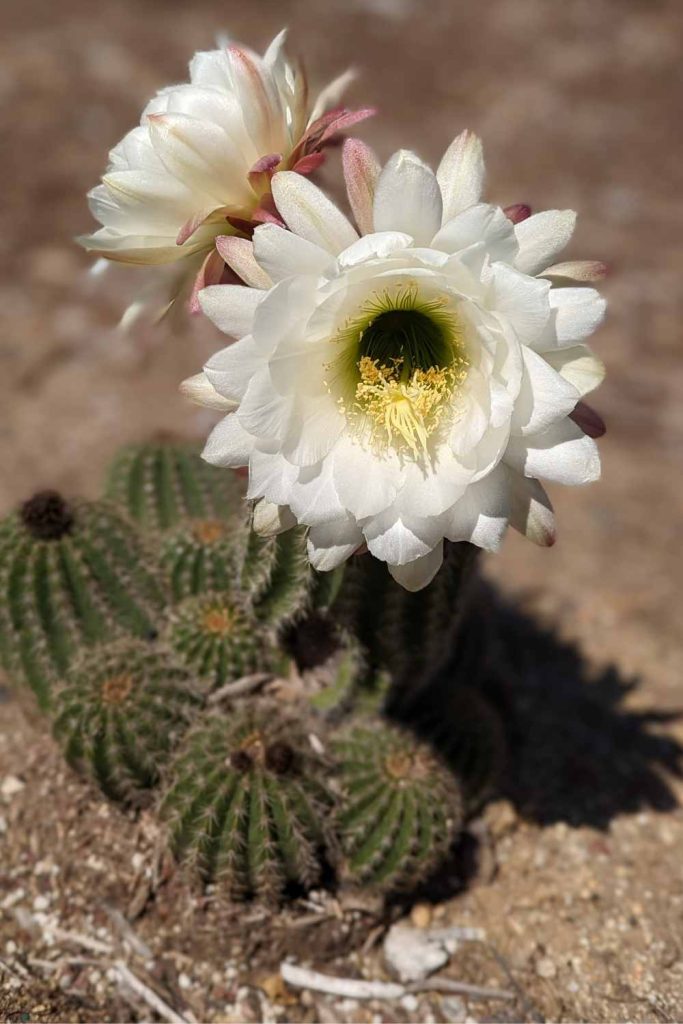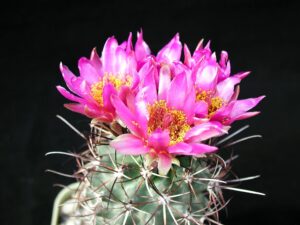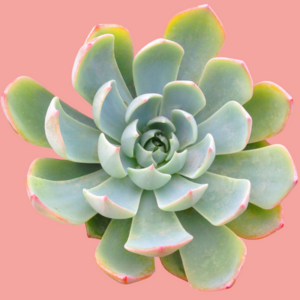Cacti, with their rugged exteriors and remarkable resilience, captivate us not merely for their strikingly diverse forms but also for the ephemeral beauty they can unleash through their flowers. Yet, the timing of cactus blooming remains a perplexing enigma for many enthusiasts and cultivators alike. Understanding when and why cacti bloom can transform how we perceive these magnificent plants, prompting a newfound sense of reverence for their cyclical nature.
In the following exploration, we will delve deeply into the phenomenon of cactus flowering, including its critical stages, environmental influences, and the allure of bloom recognition from an ecological perspective. Prepare to have your understanding challenged and expanded with newfound insights.
The Life Cycle of Cactus Flowers: An Intricate Tale
The life cycle of a cactus flower is remarkable, reflecting not just adaptability but a rich narrative steeped in ecological resilience. Most cacti produce flowers as a reproductive mechanism, aimed at attracting pollinators to facilitate fertilization. However, the timeline of this process is influenced by various internal and external factors, essentially dictating when these botanical wonders decide to unveil their colorful blooms.
A significant aspect of this cycle is the dormancy period that many cacti undergo. Cacti, like the Saguaro or the Mammillaria, often enter a state of dormancy during cooler months. This rest phase is critical to their flowering success. Blooms generally emerge in the warmer spring and summer months when the plant diverts focus from survival to reproduction, harnessing the energy gathered during dormancy.
Temperature plays a pivotal role in triggering the blooming process. Most cacti flourish in conditions where daytime temperatures soar and nighttime temperatures dip, creating a dramatic environment that mimics their native habitats. High temperatures activate metabolic processes that lead to flower development, while cooler nights allow plants to conserve energy. Hence, gardeners seeking to induce cactus blooms must be cautious in providing the right temperature gradients.
The role of light cannot be understated, either. Photoperiodism, or the sensitivity to varying lengths of day and night, significantly affects bloom timing. Many cacti exhibit long-day responses, initiating bloom formation as the days lengthen. Consequently, ensuring that cacti receive ample sunlight during their active growth phase is paramount to witness the breathtaking explosion of flowers come spring.
The Pollination Puzzle: Navigating Cactus Interactions
Pollination is integral to understanding cactus flowering and goes beyond simple reproduction to encompass a fascinating web of ecological interactions. Many cactus species are primarily adapted to attract specific pollinators, such as bees, bats, or hummingbirds, each of which plays a vital role in this intricate dance of nature.
Interestingly, the timing of cactus blooms often aligns closely with the activity cycles of their respective pollinators. For instance, cacti that require nighttime pollination, such as the Queen of the Night, produce fragrant blooms that emit their intoxicating scents predominantly in the evening. This nocturnal strategy ensures that the blossoms are attended to by pollinating agents active during those hours, maximizing reproductive success.
This symbiosis extends further, as some cacti have evolved optimal blooming times to coincide with seasonal environmental changes that affect their pollinators. Blooming during peak activity periods for these creatures enhances the likelihood of cross-pollination, fostering genetic diversity and resilience within cactus populations. Engaging with the world of cacti yields a perspective that reveals the profound interconnectedness of ecosystems, showcasing how timing can reverberate through various layers of life.
Captivating Colors and Textures: The Beauty Within
The flowering of cacti introduces an array of colors and textures that can transform a bland desert landscape into a vibrant spectacle. Despite adaptations to arid conditions, many cacti boast an impressive diversity in floral morphology—from the delicate, waxy petals of a barrel cactus bloom to the sheer size and velvety texture of a Saguaro flower.
Notably, the shades of cactus blooms can vary dramatically even among the same species. Factors such as soil composition, water availability, and sunlight exposure can generate flowers with distinct hues and sizes. This palette of variability serves as a reminder of nature’s artistry, where no two blooms are ever truly identical. Observing these flowers not only provides aesthetic pleasure but also insight into the adaptive strategies of these resilient plants.
It’s important to acknowledge that the flowering phase is often brief, lasting only a few days. However, some cacti bloom in succession, providing an extended period of floral display that enthusiasts eagerly await. This fleeting nature of flowering adds to their allure, creating a poignant reminder of the beauty of impermanence and the richness of life embodied through these remarkable succulents.
In conclusion, understanding the timing of cactus blooms encompasses much more than waiting for flowers to appear; it invites us to explore the myriad interactions within ecosystems and the fine balance that sustains life. From the dormancy to the dynamic pollination processes, the blooming cycle of cacti embodies a complexity that fosters curiosity and appreciation. Redirecting our focus from mere survival to the artistry of reproduction redefines our relationship with these unique plants, enhancing both our gardening practices and our connection to nature’s intricate tapestry. Thus, the next time you encounter a blooming cactus, take a moment to appreciate not just its beauty, but also its story—a vivid chapter in the book of life unfolding before our eyes.





Leave a Comment